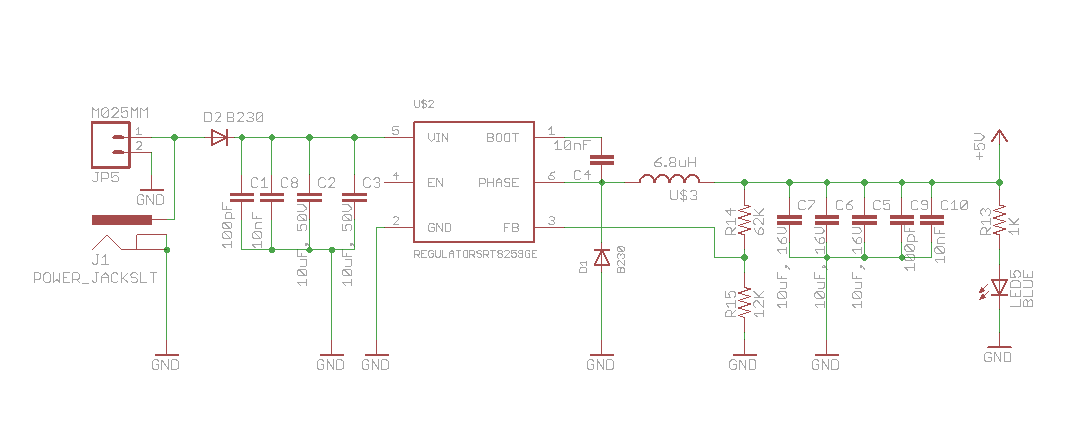I’m likely in over my head but I’m sure I’ll learn a lot in the process. But I also don’t want to blow up everything before I get started so I need some help on power supply.
I’m going to hack my pitching machine to allow control using bluetooth. My plan was to use an Arduino Uno, a Bluefruit Bluetooth BLE Shield, and a Particle Relay Shield. I’m not committed to this list but it’s what I have sitting in my pile of unused or previously used electronic devices.
I plan to power the pitching machine itself (which uses a 1/4 hp motor and a smaller ball feed motor) with a deep cycle battery and inverter. It’s been suggested that I power the BLE and related control devices separately with their own power source but I’m having a hard time wrapping my head around the various power requirements. My understanding is the Uno and BLE shields are based on 5V while the Relay Shield is based on 3.3V since it was designed to be used with the Particle Photon. I’ve looked at the docs for the Relay Shield and I can’t determine if I can input 5V to the pins or if that will fry the relays or shield.
I could use a nudge in the right direction. Also, I don’t mind rethinking the electronics since it would be cheaper than frying everything and replacing later. Thanks in advance.
Do you need BT/BLE or would WiFi suffice?
Why using the Uno and not a Photon?
You can hook the BLE module up to the Photon too (that's where the proto area helps ;-))
The Particle Relay Shield has a 5V (from 7V to 20V) regulator to supply the Photon and the relays with 5V.
The 3.3V are generated by the Photon itself via its onboard regulator.
https://docs.particle.io/datasheets/kits-and-accessories/particle-shields/#relay-shield-schematic-control

2 Likes
You’re fast, @ScruffR! I will be using the setup at various pickelball courts where I won’t have WiFi so that’s why I was planning on using BLE.
Am I saying this correctly: the Relay Shield is good with 5V and has nothing to do with the Photon @ 3.3V so I can input 5V to the pins on the Shield?
I’m wondering now why I couldn’t just power everything off the deep cycle battery (with wall-warts) or would the inverter supply power that’s too dirty?
For example, this inverter…
I’m still not quite with you why you want to mess around with an Arduino Uno when just plugging in a Photon is that much simpler 
The Photon can act as AP so your phone could connect that way, but adding BLE or just BT module would still be an option.
However, if you are stuck with the Arduino, I think the four solder holes near the level shifter and regulator do take 5V to control the relays.
I’d need to double check tho’
I can’t vouche for the quality of the DC provided by that.
2 Likes
No, I’m not stuck with an Arduino and I have two (2) unused Photons sitting right here. I just never used a Photon away from my house/WiFi so it never occurred to me that maybe I can use it when WiFi isn’t available.
Let me make sure I understand a very basic thing about the Photon. I’ve assumed/used: ARDUINO (or similar) for projects not requiring constant communication outside the project, PHOTON for projects where WiFi is available and I want to communicate with the device (monitoring temps, etc.), ELECTRON for projects where WiFi is not available and I still want to communicate with the device (I have one in my campervan monitoring temps inside/outside and in the fridge.)
I’ve never made a project that used BLE but I figured that was the way to go to communicate with a device that is only 50 ft. away at the most, no WiFi is available, and I don’t want to spend the money on cellular.
It sounds like I might have some very basic misconceptions about how these devices work. If I program a Photon at my desk then take it to a location with no WiFi, won’t it just keep searching for WiFi and never run the code?
1 Like
You can use either Photon or Electron without the on-board radio just as you would an Arduino.
For that purpose there are two SYSTEM_MODE()s that give you control whether or not you want to use the respective radio modules.
In addition the Photon sports a so called SoftAP feature where it provides an access point to connect to (without internet connection tho’)
3 Likes
Thanks for the assistance, @ScruffR. I’ll focus my attention to the SYSTEM_MODE and SoftAp and see if I can make this work.
2 Likes

